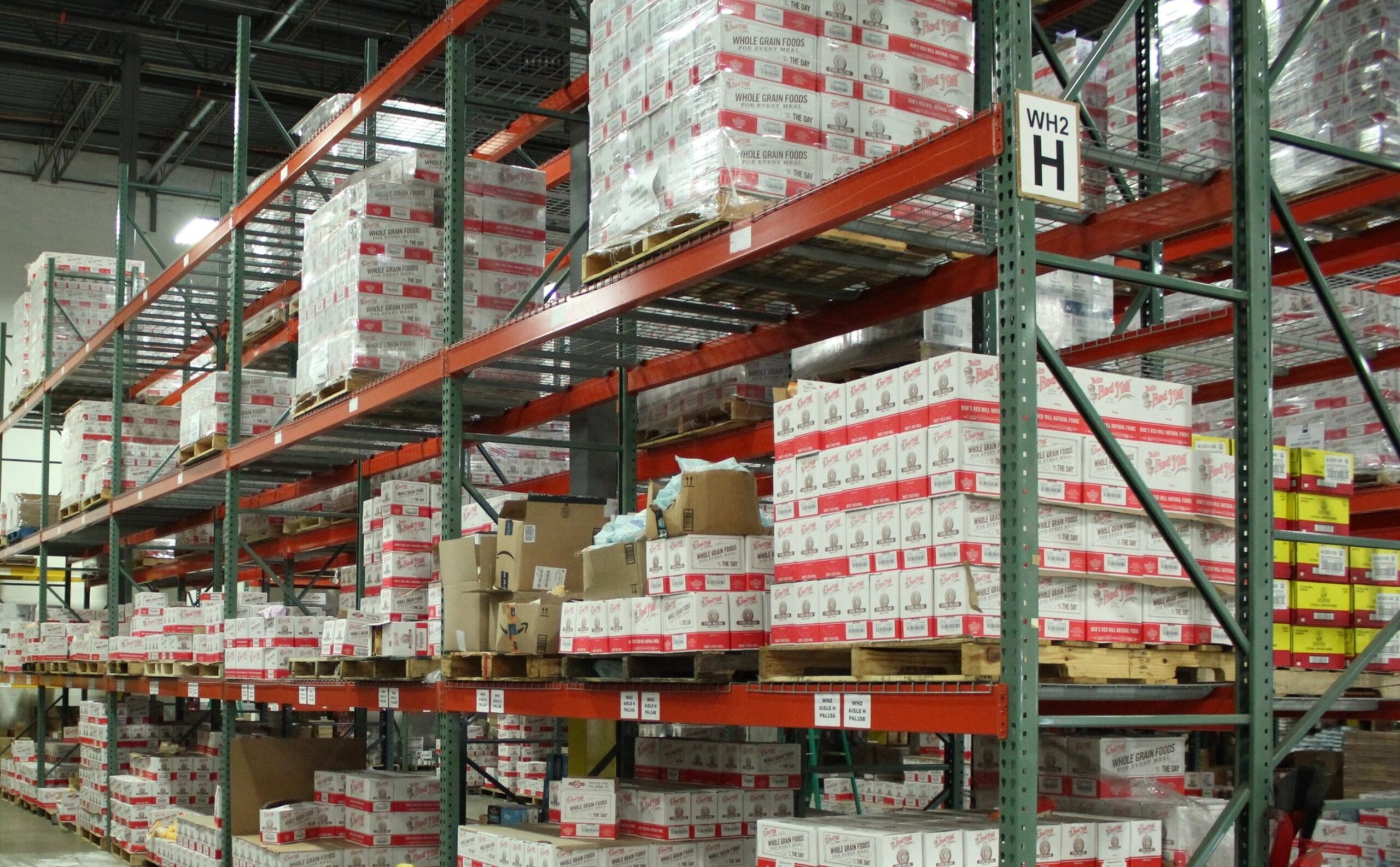Contents

There are a lot of factors to consider when running a small business. Customers expect their orders to arrive in a timely fashion and at a low cost. Nearly three-quarters of customers report that they would be upset if their order does not arrive at the expected time.
One way to build customer loyalty and ensure customer satisfaction is to be able to manage these expectations about order fulfillment. Shipping costs need to be as low as possible while also being reliable.
Shipping Factors to Consider
Just as your business is unique, so are your shipping needs. There are several factors to consider when creating a shipping strategy, including how many orders you need to ship regularly, what packing materials to use, the size and weight of the items you will be shipping, and the geographical location of your customers.
Order Volume
One of the most important factors to consider when developing a shipping strategy for your e-commerce business is to consider how many orders you will be shipping out each month. Small businesses just starting up are likely to have a much smaller order volume than a more established online retailer or big-box store, for example.
When your business is smaller, you may be able to manage DIY shipping, for instance, printing your own labels and dropping packages off at the post office yourself to fulfill customer orders. As your business grows, your shipping needs can change, and it can become harder to manage a higher order volume yourself.
Your shipping strategy will need to evolve. It can be worth it to look into discounts and options from major shipping carriers or outsourcing order fulfillment to a third-party logistics (3PL) provider.
Packaging
Packaging materials are essential for protecting your product in transit to ensure that they arrive to the customer in good condition. You will need to consider what types of items you will be mailing when considering how to package them.
For example, when shipping clothing, a poly mailer bag can do the trick. When shipping fragile items, you will need to consider bubble mailers, crinkle paper, or bubble wrap to keep them safe.
Major carriers also offer flat-rate boxes that can help save your small business money on shipping smaller and heavier items. Pay attention to costs here as shipping lightweight items can often be more expensive using these flat-rate boxes, however.
You can also use custom packaging to showcase your brand by incorporating your logo into customized packing and shipping materials. When your budget allows it, this can provide you with a branded shipping experience for a lasting impression on your customers.
Another factor to consider is eco-friendly packaging for better sustainability. It can also be a way to promote eco-friendly core values, helping to foster relationships with customers with similar values.
Package Dimensions & Weight
Typically, heavier items cost more to ship than lightweight ones unless you are using flat-rate shipping. Another factor to consider is dimensional weight (DIM), which is the amount of space your package occupies in relation to its actual weight.
In shipping, costs are calculated based on whichever is greater, the DIM or the actual weight of the package. You should try to use the smallest box possible for your orders while still keeping them secure.
Shipping Destination
Another factor influencing the cost of shipping is how far the packages must travel. The further your orders need to be shipped, the more expensive shipping can get.
Shipping costs are generally calculated based on the shipping zone. The more shipping zones a package needs to travel through, the more expensive the shipping will be.
When shipping packages within the same shipping zone, you can offer faster and more affordable shipping. It can be beneficial to try and keep your products as close to your customers as possible. You will want to use a fulfillment center that is in an urban or central location when possible.
Shipping Solutions by Carrier for Small Businesses
Each of the three major carriers — USPS (United States Postal Service), UPS, and FedEx — have small business solutions with their own sets of pros and cons. You will want to choose a carrier that will best suit your small business shipping needs.
USPS
USPS has several small business solutions, including free package pickup, their Click-N-Ship service that allows you to print Priority Mail and Priority Mail Express shipping labels yourself while earning USPS Loyalty Rewards, and USPS Connect Local, which can offer same-day and next-day delivery for local customers.
USPS can offer some of the best last-mile delivery capabilities since they already run daily local routes. Last-mile delivery can greatly impact shipping times and costs. It refers to the most efficient method of transporting packages to their final destination.
UPS
UPS offers a variety of business tools for your shipping strategy, including free packing materials, the option to schedule pickups, international shipping, and the ability to easily view and track your shipments. Businesses can also be eligible for shipping discounts and a dedicated support team through UPS Connect.
FedEx
With FedEx Small Business, you can be eligible for shipping discounts and rewards through My FedEx Rewards. FedEx offers you the ability to calculate dimensional weight to better understand your shipping costs ahead of time. FedEx can also offer scheduled pickups and temperature-controlled shipping options as well as a variety of resources for small businesses.
Methods for Lowering Shipping Costs
As a small business owner, the goal is to use the most cost-efficient shipping strategy while also being able to manage customer expectations and suit your business needs. This does not always mean the cheapest option. There are multiple ways you can reduce costs related to shipping, including negotiating shipping rates with carriers, dropping your orders off instead of having them picked up, buying packing materials in bulk, and outsourcing your order fulfillment processes.
Negotiate Rates
Shipping carriers will often work with small and growing businesses to offer discounts and special offers. Typically, you will need to contact a carrier representative to determine what the rates are and what kinds of offers your business can qualify for. When you are shipping at higher volumes, as in over 100 orders per month, you can also often negotiate reduced shipping rates with carriers.
Drop Off Instead of Having Orders Picked Up
USPS offers free package pickup, but both FedEx and UPS charge a fee for this service. If you can drop packages off at the carrier’s storefront, you can save money on package pickups.
Buy Affordable Packing Materials in Bulk
Traditional and plain packing materials, as opposed to branded packaging, can also be less expensive, especially when ordered in bulk. While bulk ordering packing materials can be more costly up front, it can save you money in the long run. The major carriers also often offer free shipping supplies.
Outsource Order Fulfillment
As your business grows, outsourcing order fulfillment to a third party can help to save you time and money on shipping. A third-party logistics (3PL) provider can help you to scale up your business by attending to your shipping needs in a more cost-effective way. Using a 3PL can also save you time allowing you to focus on other aspects of your growing business and leaving order fulfillment to experts.
When to Use a Third-Party Logistics (3PL) Provider
A 3PL will usually already have a relationship with the major shipping carriers. Therefore, even if your order volume might not qualify you for shipping discounts directly, you can reap these benefits by using their discounts when you use a 3PL.
A 3PL will work to find you the lowest possible shipping rates while also ensuring that orders are fulfilled to the customer’s expectations and satisfaction. As your business scales up, a 3PL is able to keep up with demand and ensure that orders do not fall through the cracks.
Some of the major benefits of working with a 3PL include the following:
- Reduced shipping costs
- Better use of your time
- Highly scalable up or down based on order demand and seasonality
- Advanced technology to better manage inventory and track orders along the retail supply chain
- Optimized inventory control, shipping routes, and supply chain logistics
- Inventory storage
- Affordable expedited shipping
A 3PL provider can successfully store your inventory, often by distributing among different distribution centers to optimize shipping routes and geographical distance from your customers and take care of all your order fulfillment needs. As your order volume and customer demand increase, outsourcing order fulfillment can be more cost-effective and save you time.
References
66% of Americans Expect Free Shipping on All Online Orders. (June 2021). Jungle Scout.
What Is Dimensional Weight? (2022) FedEx.
Small Business Solutions. (2022). USPS.
Business Shipping Tools. (2022). United Parcel Service of America, Inc.
FedEx Small Business Center. (2022). FedEx.




